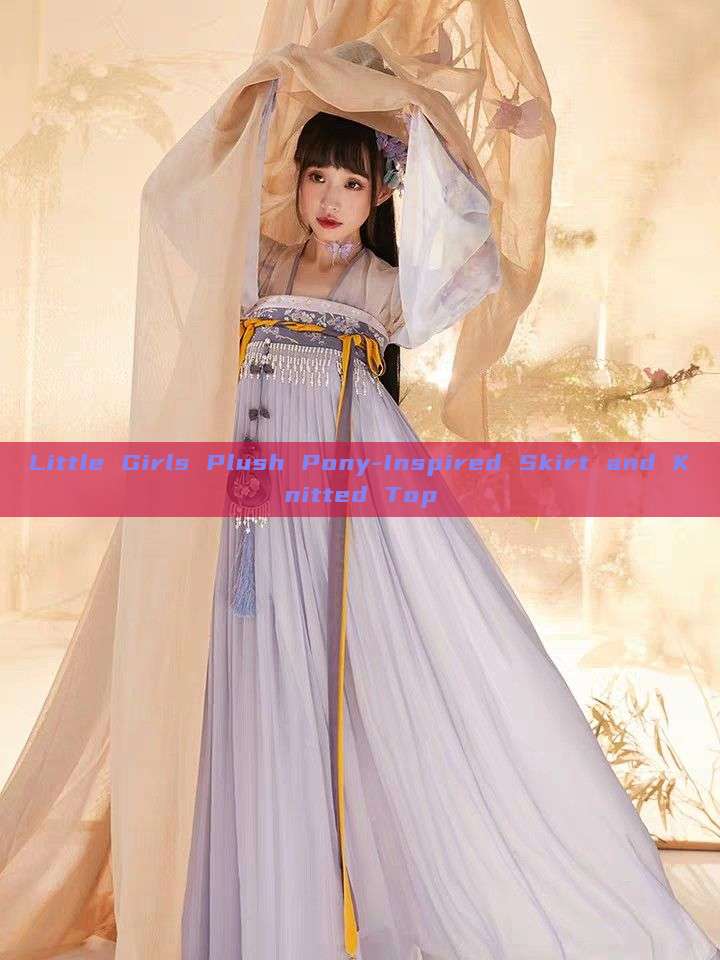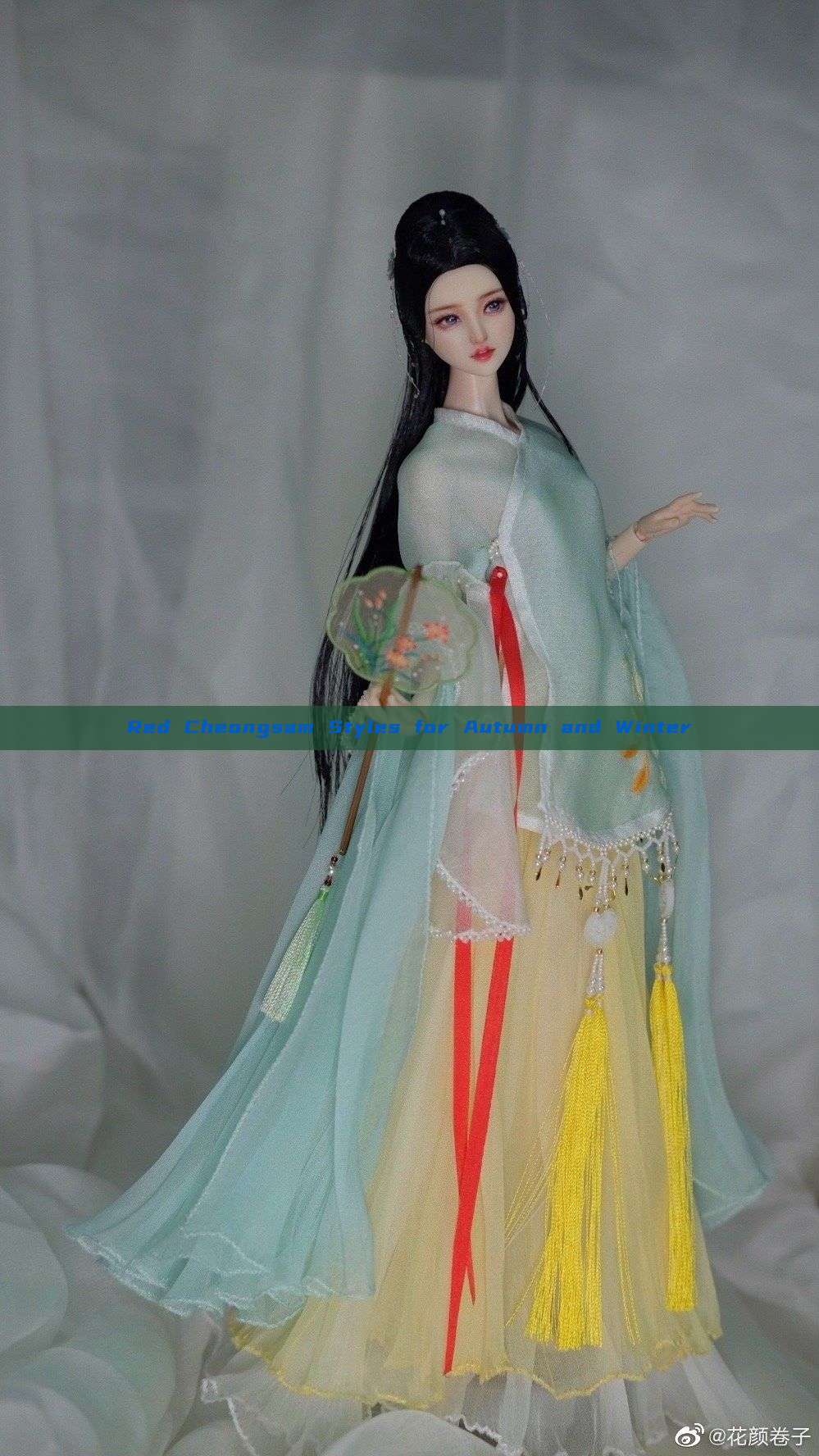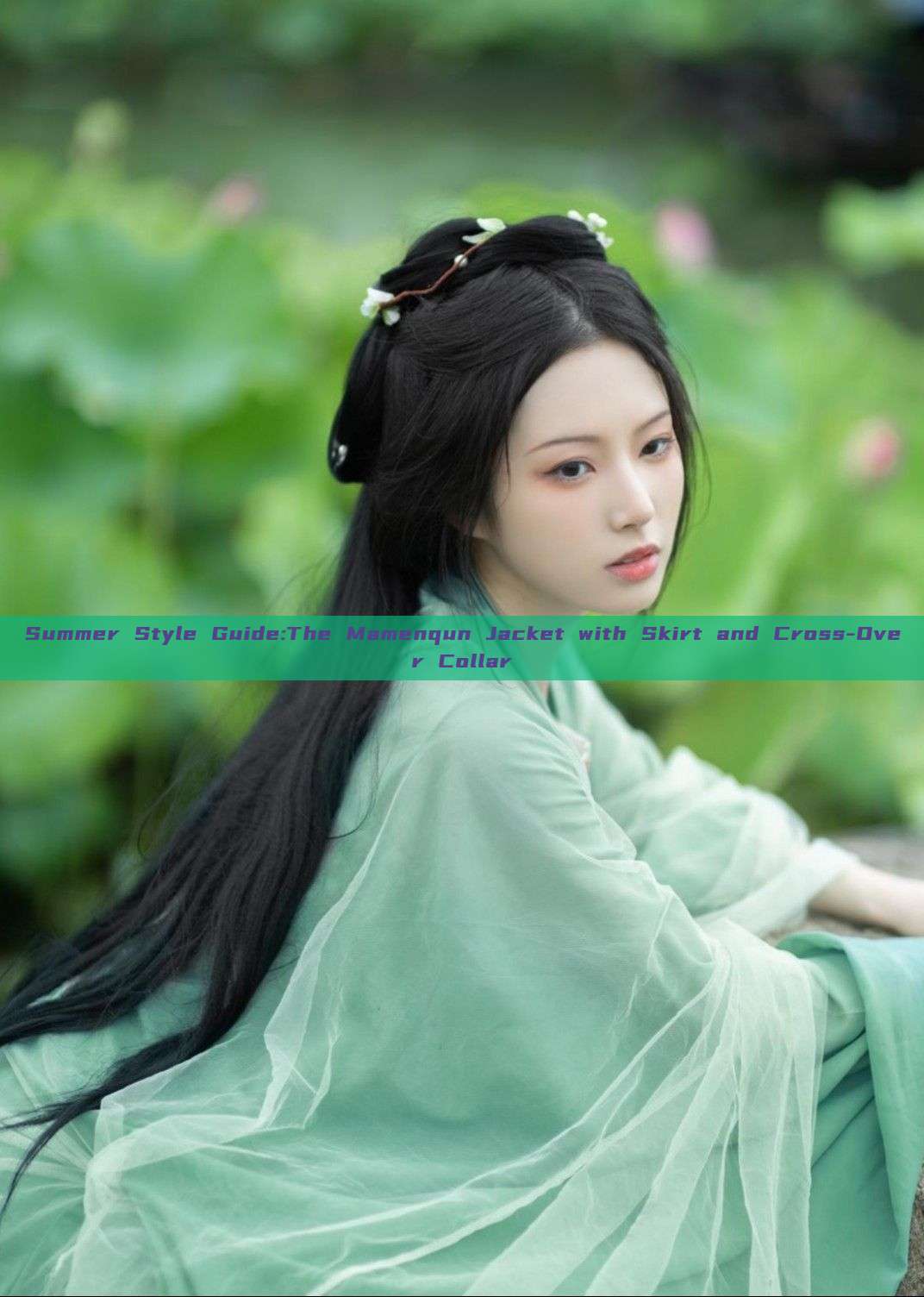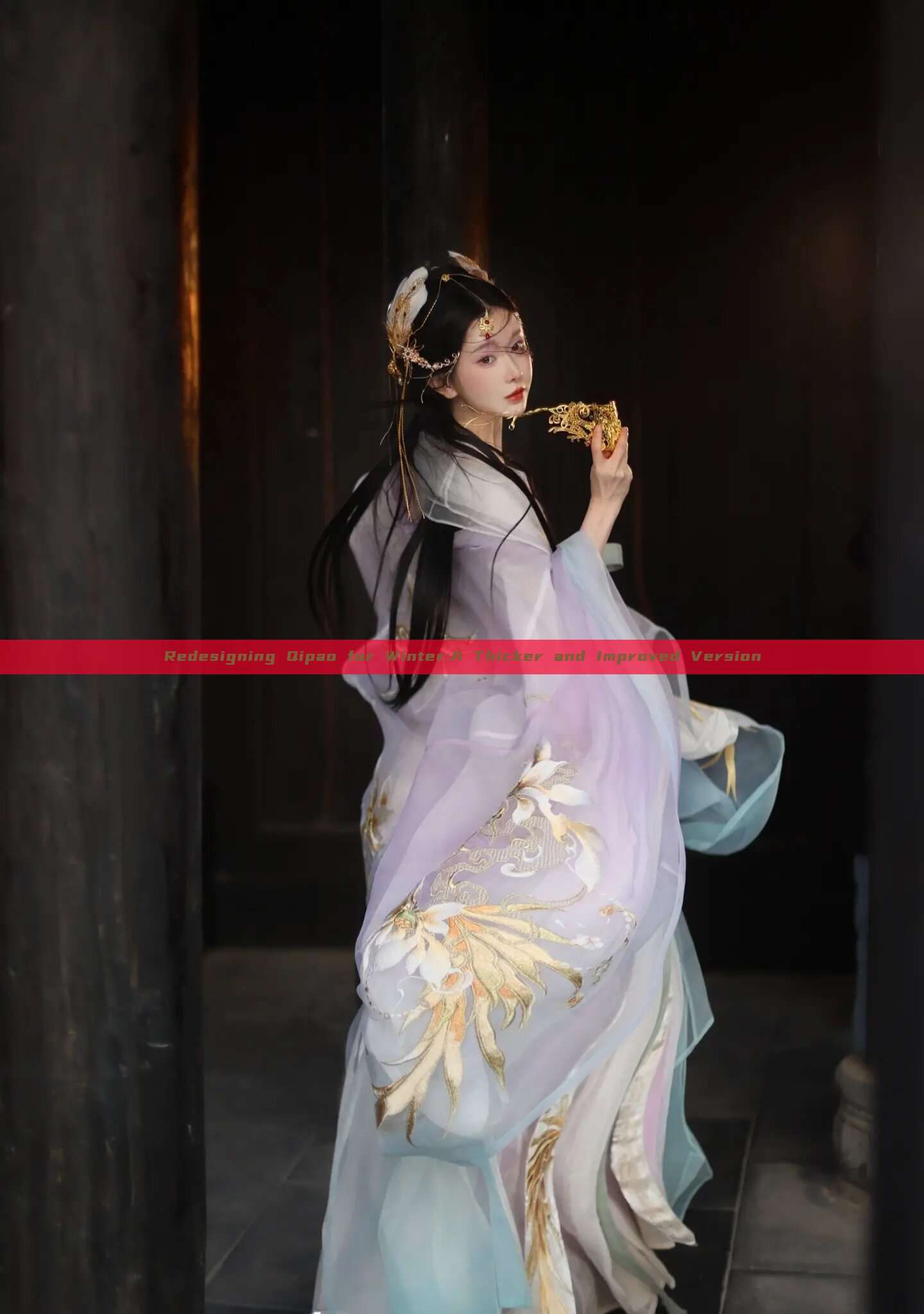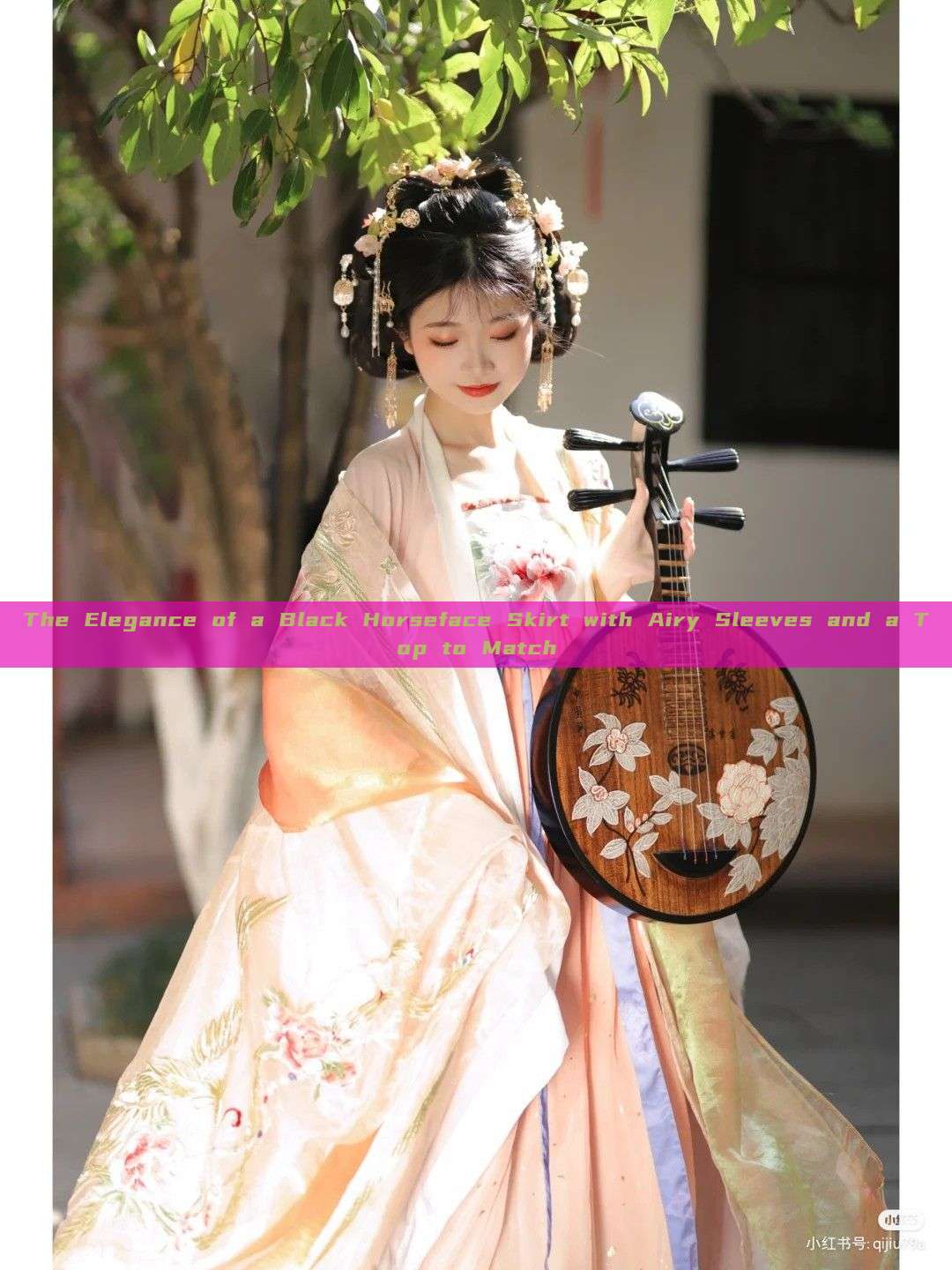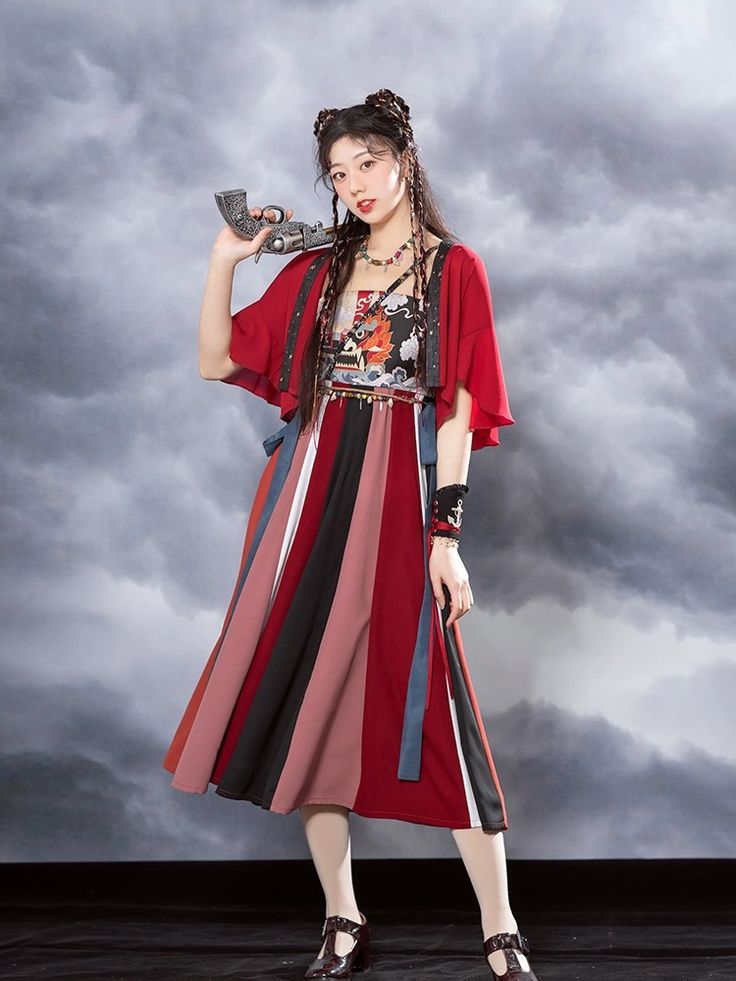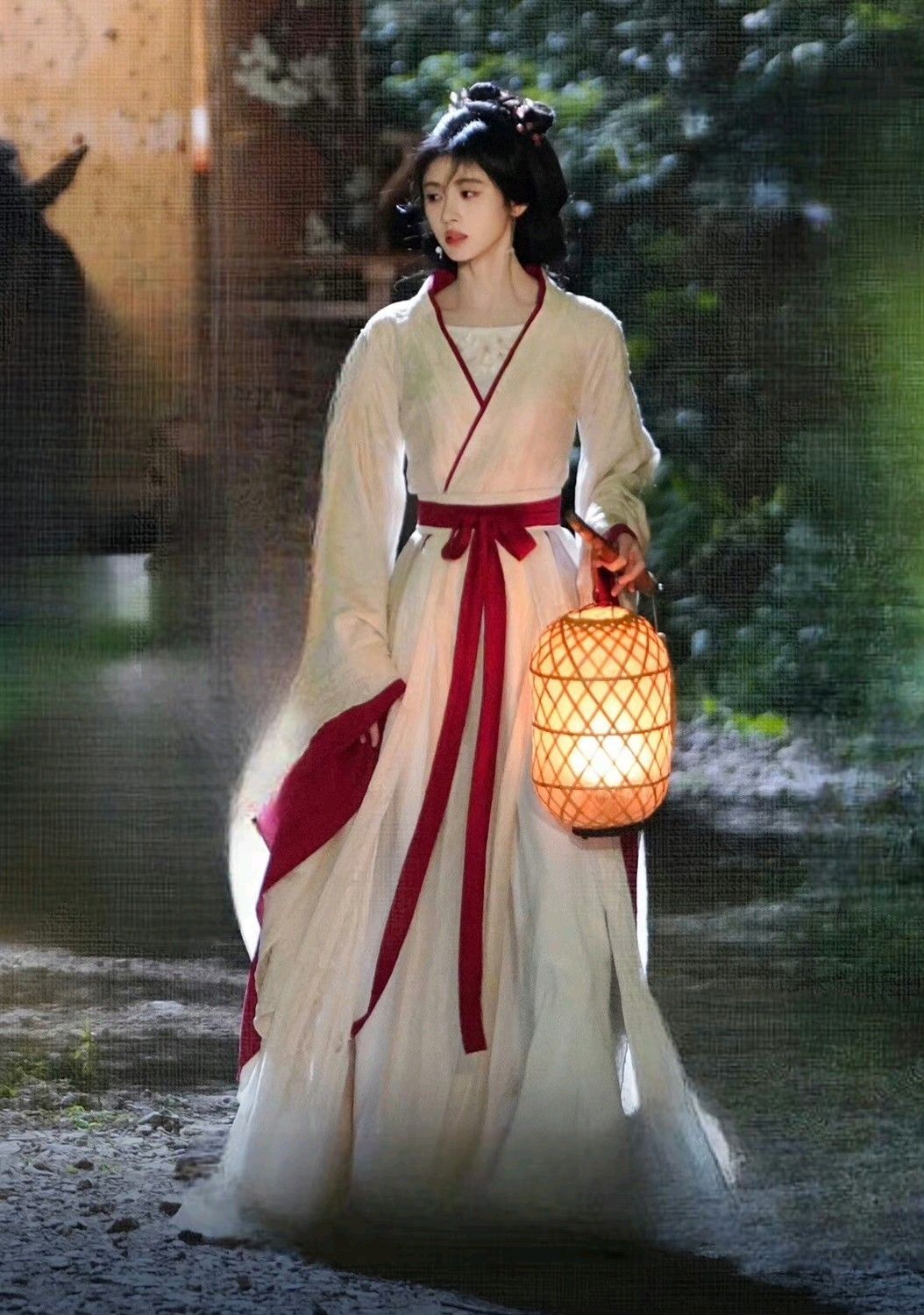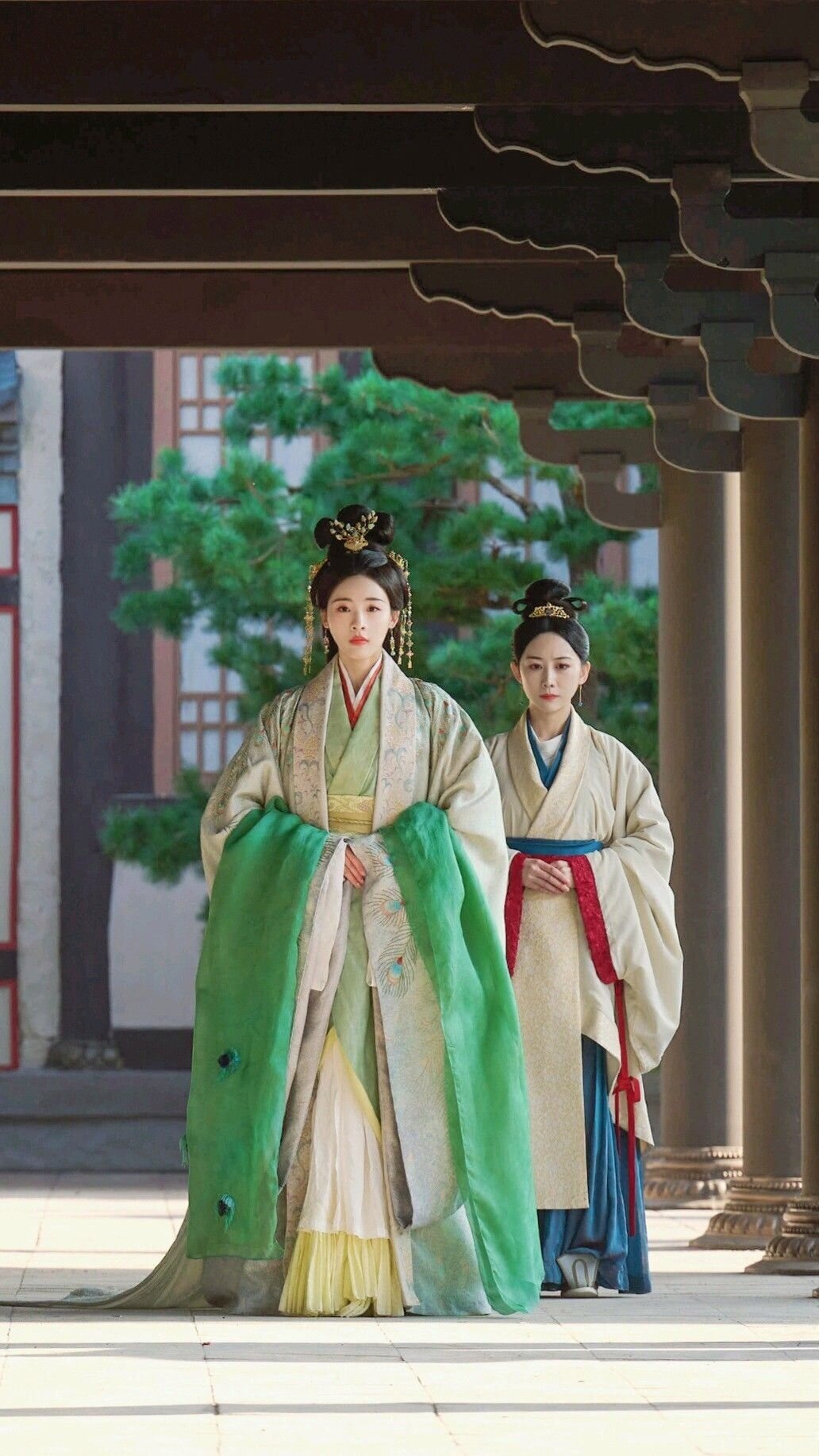In the realm of traditional Chinese culture, Hanfu, or traditional Han Chinese clothing, embodies a rich tapestry of history and craftsmanship. At the core of its beauty and durability lie the materials used in its making, each of which holds a unique story and cultural significance.

The primary materials used in the construction of Hanfu are silk, cotton, and brocade. These fabrics are not only chosen for their aesthetic value but also for their durability and adaptability to various weather conditions.
Silk, the epitome of luxury and elegance, has been a staple material in Hanfu making for centuries. Its softness, shine, and versatility make it ideal for intricate designs and vibrant colors. Silk fabrics range from lightweight and airy to heavy and rich, each suitable for different styles of Hanfu.
Cotton, on the other hand, offers a more casual and comfortable alternative to silk. It is sturdy yet breathable, making it perfect for everyday wear as well as for warmer weather occasions. The natural texture of cotton allows for a more relaxed and natural style of Hanfu, emphasizing simplicity and elegance.
Brocade, a type of woven fabric with a complex pattern design, is often used in high-end Hanfu pieces. Its intricate patterns and vibrant colors add a sense of luxury and richness to the garment. Brocade fabrics are often used in ceremonial and formal wear, reflecting the importance of occasion and status.
In addition to these primary materials, other fabrics like hemp, linen, and synthetic materials are also occasionally used in Hanfu making. These materials provide a range of textures and styles, allowing for more varied designs and choices.
The choice of fabric is not just about aesthetics but also about cultural significance. Each material holds a specific cultural value and symbolizes different aspects of Hanfu culture. For instance, silk is a symbol of luxury and nobility, while cotton represents simplicity and comfort. The use of these materials in Hanfu making reflects the deep-rooted cultural values and traditions of the Chinese people.
Moreover, the selection of fabric is also influenced by the purpose and occasion of wear. Different styles of Hanfu are designed for specific occasions and events, each requiring different materials to suit the occasion's nature. For instance, ceremonial Hanfu worn during festivals and weddings often use richer and more vibrant fabrics like brocade, reflecting the importance and solemnity of the occasion.
The art of Hanfu making is not just about stitching fabric together; it's about creating a piece of cultural heritage. The selection of materials plays a crucial role in this process, as each material contributes to the overall look, feel, and cultural significance of the garment. The journey of traditional Hanfu costumes through the selection of these materials is a testament to the rich cultural heritage and craftsmanship that has been passed down through generations.
In conclusion, the materials used in Hanfu making are not just pieces of fabric; they are stories of culture, history, and tradition. They embody the deep-rooted cultural values and symbols of the Chinese people, reflecting a rich tapestry of history and craftsmanship. As we delve into the world of Hanfu, we not only learn about the beauty of traditional Chinese clothing but also about the cultural significance and heritage that lies within each stitch.

